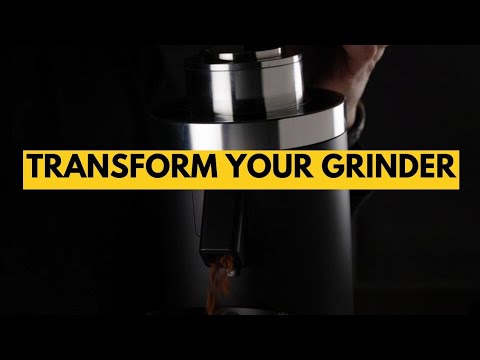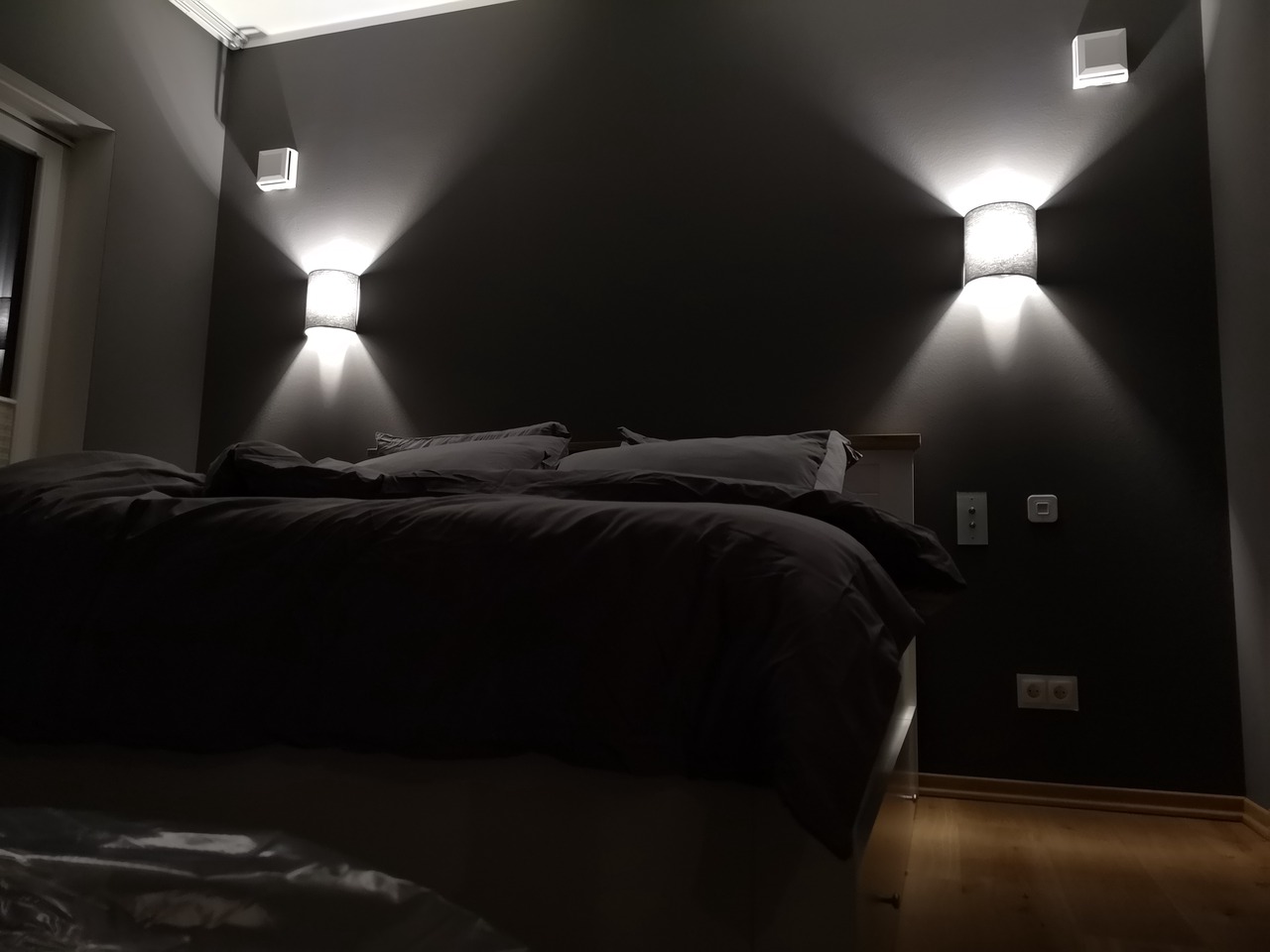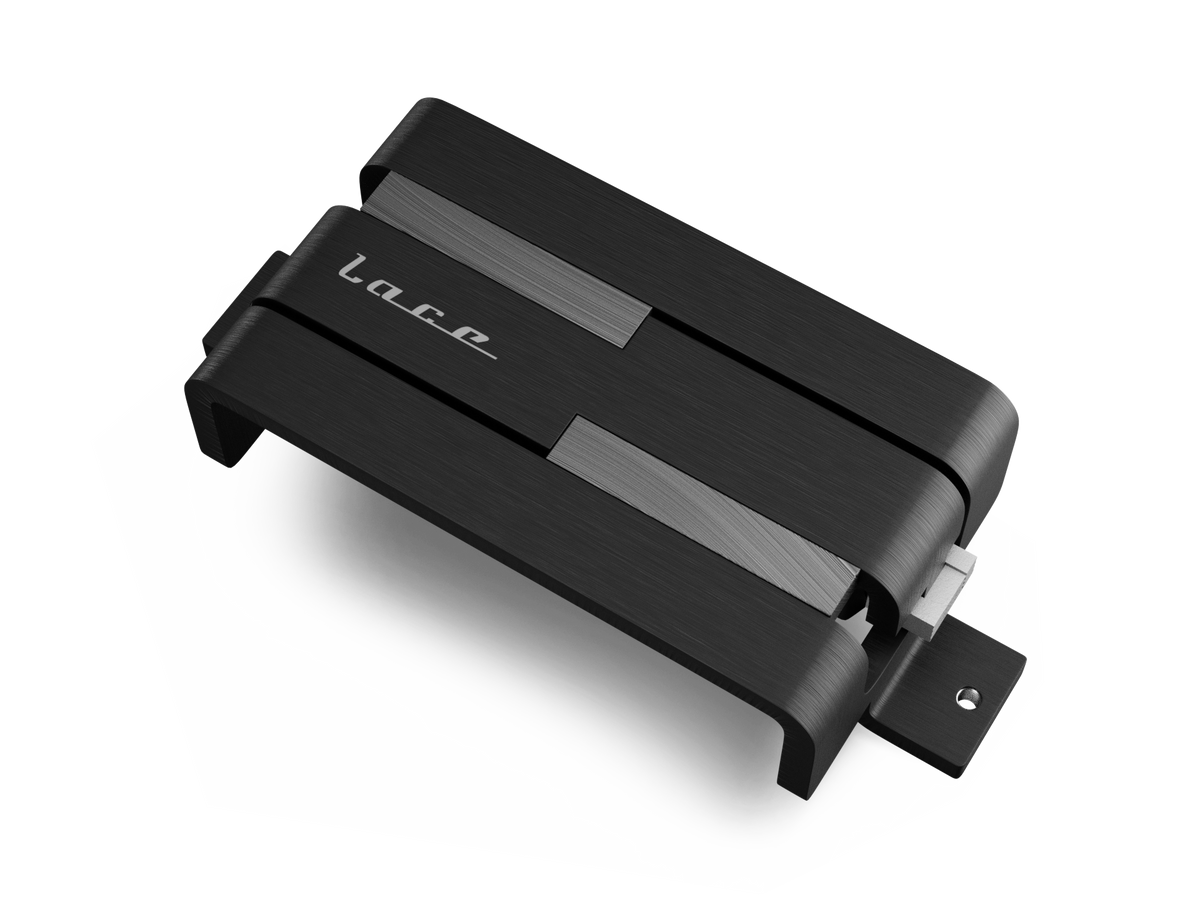

Uh, I haven’t even thought about the possibility of reverse siphoning. Maybe better I’d better leave the can where it is? To my understanding, siphoning “uphill” is way harder (if even possible at all, given a specific liquid, height, tube diameter etc). The possible pressure oscillation sounds less “threatening” to me right now.















Update: Yeah, dang, it doesn’t work as I expected.
Observations: The lid bulges, but barely any movement of liquid happens. I had to press the lid really hard to get the slightest flow towards the can going at the beginning. It’s barely even trickling now that the line is filled with liquid. As this is going to be a rather light beer, I don’t expect much more CO2 buildup, so this really isn’t ideal.
Theory: The buffer of air is too large. The CO2 from the fermentation increases the pressure in the system, but not beyond the compressibility of the gases involved. Applying pressure to the lid took a lot of force and felt like squeezing a large half inflated ball. Also, some of the CO2 may have dissolved in the StarSan solution.
Now I hope I have not spoiled my beer by at least theoretically exposing it to all the oxygen from the headspace in the keg. I’ll probably get a bubbler ready tomorrow and just purge the keg with CO2 from a regular source.
Most of this setup sets me right on track though to do a oxygen free transfer though, so not all was in vain - in case that I haven’t spoiled my brew. /o\
The only possible fix that I can think of might be using a fermenter that is actually rated for pressure and doesn’t “inflate” like my plastic bucket, but I’m not sure how much that actually contributes. Brewing a bigger beer with more generated CO2 would probably also be advantageous.